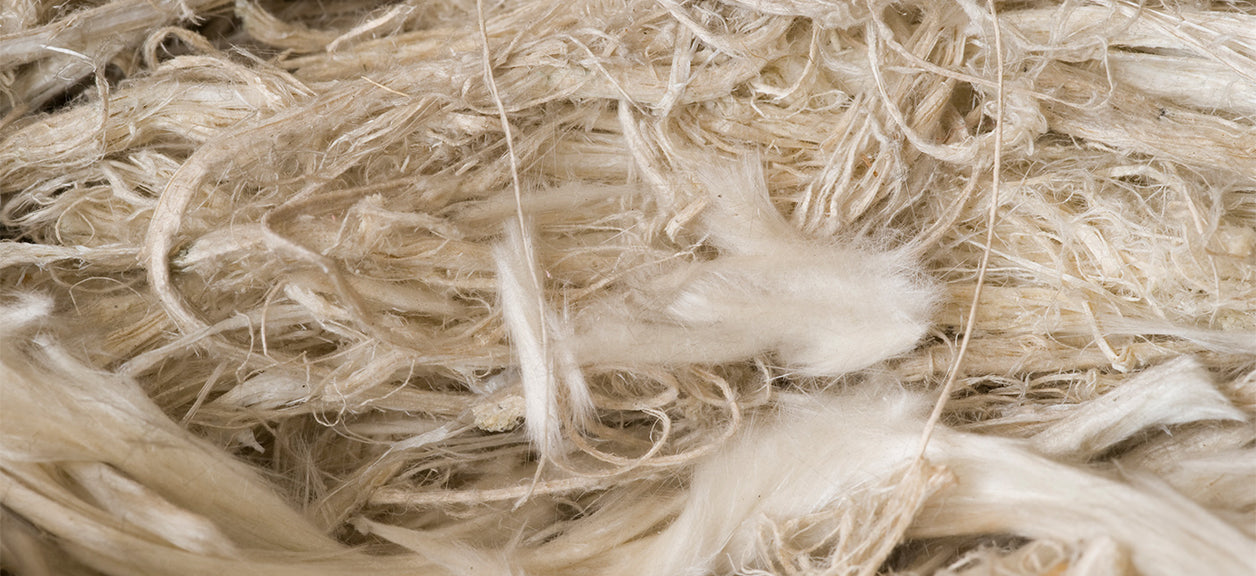
Asbestos awareness for healthy lung month and lung health day
What do you think of when you think of October? Changing leaves? Halloween? Crisp air? How about Healthy Lung Month? Granted, it may not have been your first association, but lung health is certainly something to be aware of. There’s even a special day within Lung Health month, Lung Health Day on October 28th.
To mark the month, and day, Airmega has teamed up with the Mesothelioma Cancer Alliance to learn more about hazards to our lungs that are living in the air we breathe and to provide tips on how we can all keep our lungs safe.
Many of these hazards can affect your health in a variety of different ways. Almost every home contains irritants like dust, allergens, pet dander, cigarette smoke, and fungus. These toxins can, over time, can affect lung health, lead to respiratory illnesses or irritate chronic lung diseases like asthma.
With all the time we spend indoors, think about all the time we spend breathing in indoor air. Dust, allergens, fungi and pet dander are very common, but are they affecting our health? According to a recent study conducted in over 1,200 U.S. homes, the dust found from those homes contained on average more than 5,000 species of bacteria and 2,000 species of fungi. Breathing in dust or mold can cause allergic reactions, infections, increase asthma symptoms and even be a predecessor for cancer as exposure increases.
In addition, there are lesser known dangers that could be living in your homes such as volatile organic compounds (VOCs) and asbestos. We’ve covered VOCs here on the Airmega blog, but we have not gone into asbestos and its effects on lung health. While many people have heard of the carcinogen, some people may not know exactly what it is or its effects.
Asbestos is a naturally-occurring building material that was commonly used for its strength and ability to withstand high temperatures. Much because of its strength and flame resistance, it was used extensively in the construction of homes, factories, and schools into the mid 1980s. Then, after a link to lung cancer and other illnesses was established, regulators sought to manage the material, all but eliminating its use in construction. Unfortunately, a total asbestos ban is still not in place today and many older homes have a high chance of containing asbestos.
Found in insulation, ceilings, attics, siding, roofing, pipes, boilers, and under floors, asbestos can become damaged or disturbed as structures wear down over time and release fibers into the air. When these fibers are inhaled or ingested, they can become lodged in the lining of the lungs, which can lead to the cancer growth of pleural mesothelioma. This disease is extremely deadly, as its symptoms often go undetected.
When dealing with a toxin like asbestos, it is important to contact a licensed inspector to determine if the asbestos in your home is a health risk. If so, it’s critical to have the asbestos professionally removed to ensure your safety. (Avoid all contact with, and never try to remove, asbestos yourself.) And while it is not a substitute for professional asbestos removal, an air purifier with a HEPA filter can improve air quality and remove particulate matter.
Disclaimers
1Coway air purifiers have been proven to trap dust, pollen, dander, viruses and bacteria in the air based on KCL (Korea Conformity Laboratories) testing.They have been tested in a 30㎥ size chamber according to the Korea Air Cleaning Association standard (SPS-KACA 002-132:2022 Modified) to measure the 0.01㎛ size of particle removal rate. It was tested on maximum airflow speed in normal room temperature and humidity conditions. The performance may vary in the actual living environment of customers.
→ Tested with Airmega Aim, 50, 100, 150, 160, Tower AP-1216L, Mighty AP-1512HH, MightyS AP-1512HHS, 200M, Icon, IconS, 230, 240, 250, 250 Art, 250S, 300, 300S, 350, 400, 400S, 450, ProX
299.97% of viruses, bacteria, fungi and pollen were verified to be removed from the air for Coway air purifiers which have Green True HEPA™ filter applied based on the Japan Food Research Laboratories(JFRL) testing according to JEM 1467 standard.
→ Tested with Coway Airmega Mighty AP-1512HH, MightyS AP-1512HHS, 250, 250 Art, 250S, 300, 300S, 400, 400S
→ All tested by JFRL and received above result within below time.
4The concentration of ammonia, acetaldehyde and acetic acid were proven to be removed within 30 minutes by FCG Research Institute, Inc. Human Life Science Lab. It is not a demonstration result in the actual use space. Not all odors and gases may be supported. → Tested with Coway Airmega 150, 160, Mighty AP-1512HH, MightyS AP-1512HHS, 400, 400S
5The coverage area of the air purifier is based on an area where the air cleaner can make two air changes per hour (ACPH). An air change per hour translates to how many times an air purifier can clean an area, assuming the height of a ceiling to be 8 ft, in one hour. Therefore ** means two air changes per hour means that the cleaner can clean the area once every 30 minutes and * means air changes per hour means that the air purifier can clean the area once every 60 minutes.
10Terms and conditions apply. Discounts, including promotions, coupons, bundle discount and subscription discount, cannot be stacked on top of other coupons. During promotional periods, discount codes will not be able to be applied to orders. Promo codes may apply to products only—filters, accessories, and new products within 3 months of the release date are not included.
11Based on Coway R&D internal laboratory testing, activated carbon filtration was shown to remove up to 95% of ammonia odors within 40 minutes, and up to 99% of fecal odors within 20 minutes. Actual performance may vary depending on usage conditions.



























